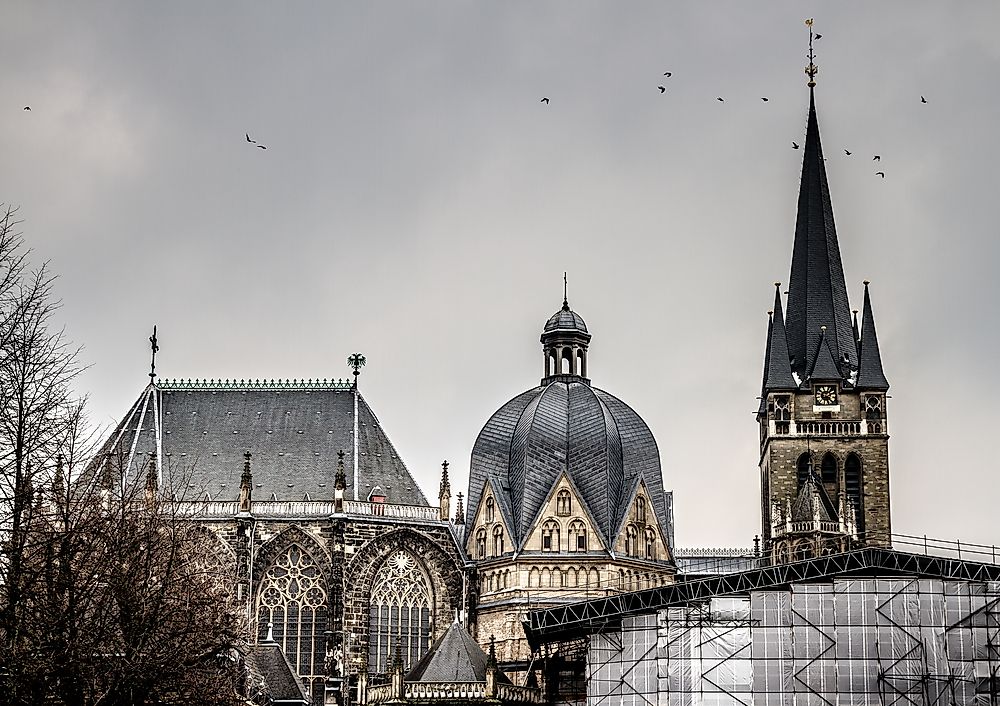The Carolingian Renaissance

The Carolina Renaissance was a period of boom in cultural activity in the Carolingian Empire. It was the first in a series of three medieval renaissances. The Carolingian Renaissance began in the late 8th century and continued into the 9th century. The 4th- century Roman empire inspired it. The revival was characterized by the increase in liturgical, architecture, literature, jurisprudence, writing, and religious studies. The renaissance occurred during the reign of Louis the Pious and Charlemagne. It received support from scholars including Alcuin of York and several members of the Carolingian court.
Charles’ Court
In the mid-8th century, Charlemagne approached scholars in his court with the aim of reviving the artistic creation and literacy similar to that of the Roman Empire. During the reign of his father, some teachers had been approached to teach a small group of young men. He established a school and appointed Alcuin as the head. Scholars arrived at the schools from as far as Germany, Ireland, Spain, and Italy. They visited monasteries and dioceses where they founded libraries, organized schools and transcribed old writings. They taught the locals how to engage in religious activities especially participating in church music.
Educational System
Before the renaissance, the education system was reserved for a small audience in the society. During the Renaissance, education became attainable, but its influence in the community was still limited The activities of the Carolingian schools adopted the principle of seven Liberal arts and were divided into Trivium and Quadrivium. Trivium emphasized on logic, grammar, and rhetoric while Quadrivium emphasized on arithmetic, astronomy, music, and geometry. Reading and writing were the basics a student was suppose to learn.
Art
Charlemagne considered the restoration of architecture as an important aspect of his empire. The most magnificent building in the empire was the sacral basilicas used for religious purposes only. The Palatin Chapel in Aachen was the monument of the Carolingian Renaissance; it was built between the late 8th and early 9th centuries. It acted as the religious center for the Charlemagne’s court, and for the next six decades, it was the crowning hall of German leaders. Today, the Aachen cathedral stands where the Palatin Chapel stood. The Aachen cathedral is much bigger and its predecessor. Only a small part of the wall was preserved although it was redeveloped to allow it survive the elements of weather.
Legacy
Compared to the periods before Charlemagne, the Renaissance can be considered a period of great cultural ascent. Education became organized although it was still limited. Value literature and scientific antiques were transcribed to the Carolingian scriptoria and stored safely. Historians are unsure of how to characterize the rule of the Charlemagne, whether as the last of the traditional rulership or the first of medieval Europe. The Carolingian art extended to other parts of Europe and became an influential period of artwork across the continent. The art led to the development of Romanesque art and Gothic art











